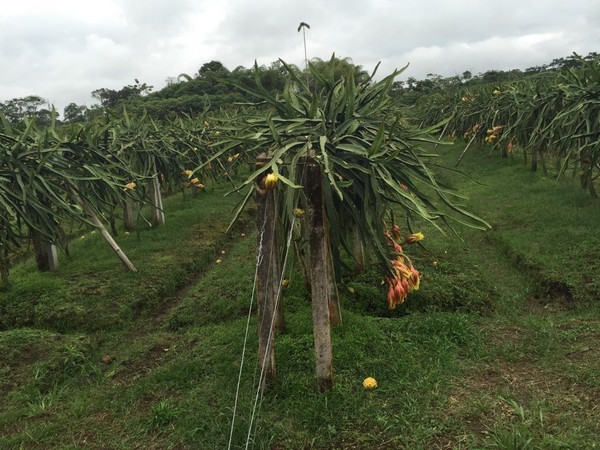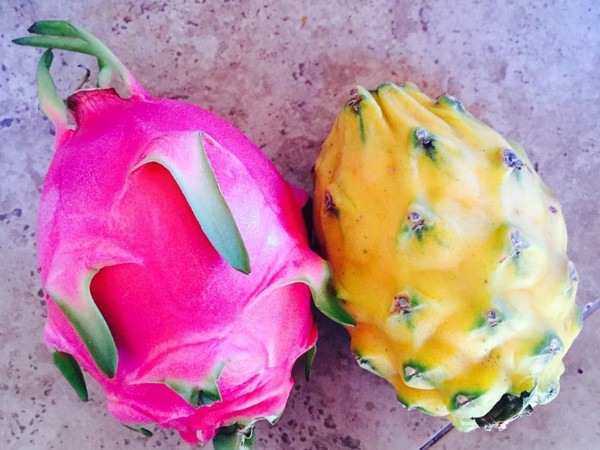Imports into the U.S. of yellow dragon fruit have begun from Ecuador.
“We just got our first shipment earlier this week. But in about a week to 10 days, we’re going to have maybe more than the U.S. market can handle,” says Dennis Sever with Exotic Growers, Inc. in Homestead, FL. “We started importing the fruit in 2017 and the market has been very good on it. So farmers are trying to cash in on that crop and keep replanting and replanting.” He notes that the grower he’s working with in Ecuador began with only 40 hectares; today the grower is up to 140 hectares and Sever notes that many other growers have expanded their acreage similarly as well.

While red dragon fruit, which comes on in production in December with approximately 25 containers a week for four weeks, is becoming popular as well, yellow dragon fruit has caught on even more. Red dragon fruit is milder while yellow is sweeter like a pineapple. At the same time, Israel, the first country to import yellow dragon fruit, also continues to ship fruit but it’s of a different, more tart variety.
Growing interest
As for demand, it continues to grow for the fruit, which has a season roughly nine months out of the year. (Currently supplies will be strong until January.) “The three biggest markets for yellow dragon fruit are Hong Kong, Canada and the U.S. It’s becoming more popular and mainstream and it holds up for a long time,” says Sever, who adds that while the retail value on the fruit is high, the wholesale value is low. “Europe is also catching on—we’re selling more and more there, too.”

That said, the market continues to drop on price. “There’s just so much volume out there. We just started this week and the price for our next mid-week shipment has already dropped by $2,” says Sever. Not surprisingly, the beginning and the end of the season are when prices are strongest.
For more information:
Dennis Sever
Exotic Growers, Inc.
Tel: +1 (305) 393-1556
dennissever@icloud.com

